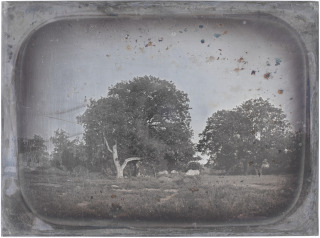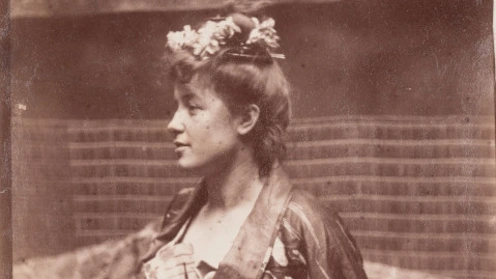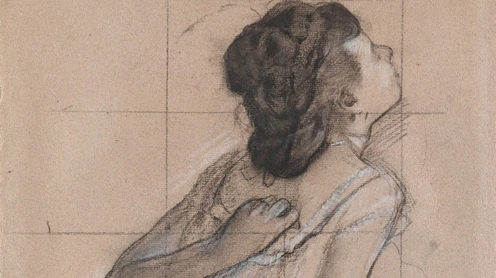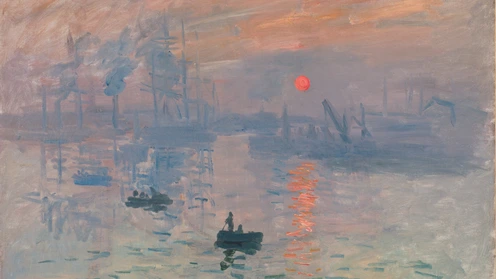The Photographers at Barbizon. Landscapes and Still Lifes

Grands chênes, vers 1845
Musée d'Orsay
achat
© Musée d’Orsay, Dist. RMN-Grand Palais / Alexis Brandt
See the notice of the artwork
The first known photographic image of the forest of Fontainebleau, the daguerreotype presented here, reminds us how quickly photographers came to join the Barbizon painters and take up their motif.
With the introduction of photography on paper - a more suitable process for outside shots - the forest became a focus for the dialogue that was developing between the new medium of photography, often practised by those who had trained as artists, and painting. With the arrival of the railway, the forest became more accessible, and in 1849 it attracted Gustave Le Gray and shortly afterwards his pupil John B. Greene, who would be the first to bring out all the aesthetic potential of paper negatives.
An enthusiastic photographer like his father, one of the co-inventors of the cliché-verre technique that he himself taught to Camille Corot, Eugène Cuvelier moved to Barbizon after his marriage in 1859 to the daughter of Père Ganne who owned the "artists' hotel" there. His images revealing the intimate aspect of the forest are imbued with the restrained, silent poetry of his still lifes, few of which have survived. Even in the technique he used, considered to be obsolete by then, his work perpetuated the golden age of a medium that, in the forest of Fontainebleau, had found both the space and subject to establish its rightful status as an art form.
In their turn, painters like Théophile Chauvel, wishing to express the manifesto for Pleinairism in images, did not hesitate to call on photographers, thus combining the traditions of studio portraits and photographic landscape.
The exhibition is now over.
See the whole program




